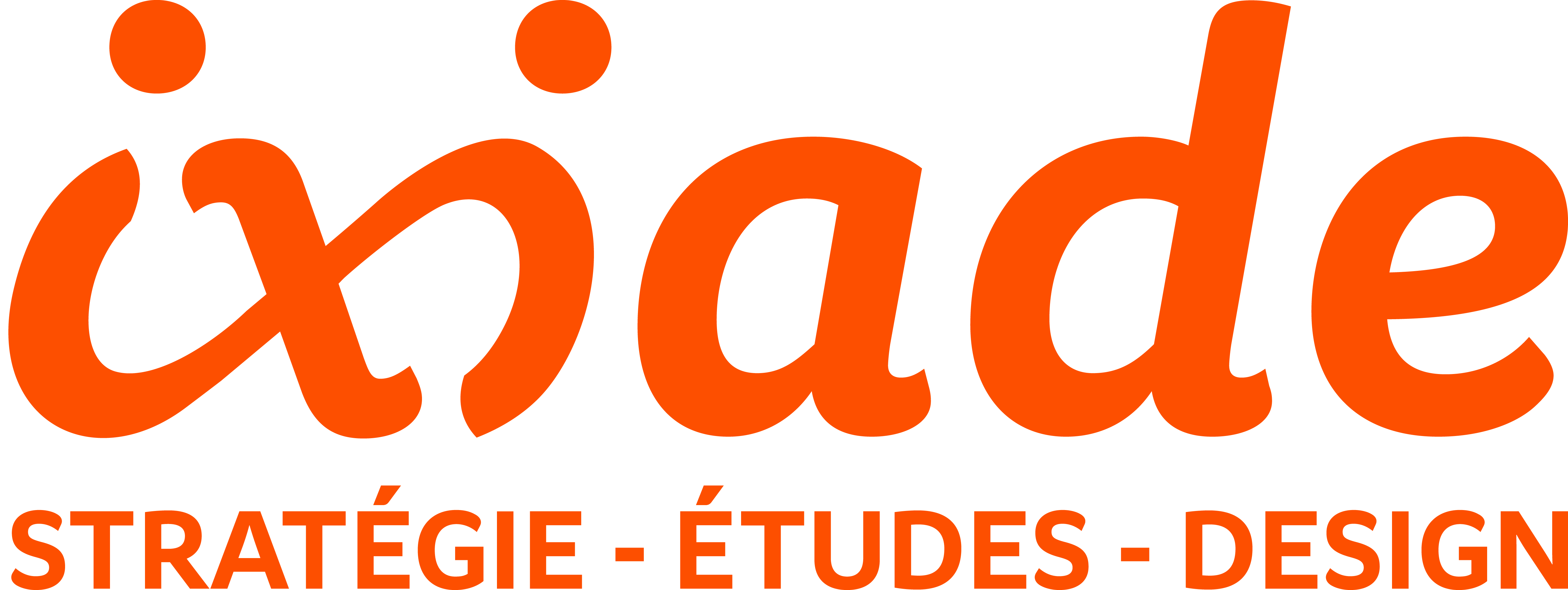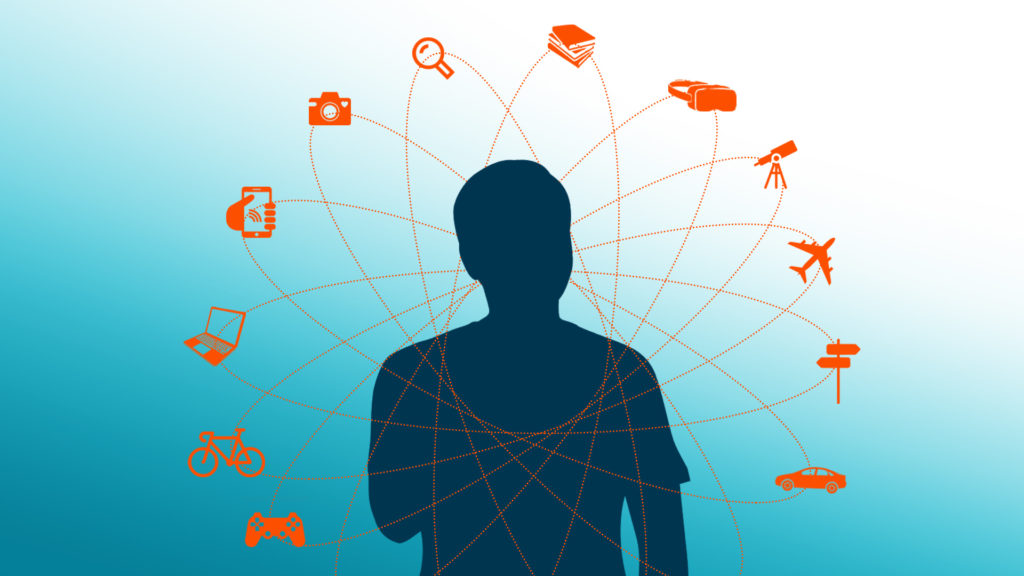In an increasingly digital world, it is necessary for companies to develop new innovative offers, adapted to the practices of their future users. Making a viable project a reality means going through several stages in the development phase and analyzing the user’s environment to design a user centered innovation. Then, how to better innovate in this context? Zoé Masson, Market Researcher at Ixiade, provides first indications of an answer.
Putting yourself in the user’s shoes
“Seeking to put yourself in the other’s shoes” is the first step in the process of designing a new offer. Immersing oneself in the user’s context and habits effectively allows one to identify his or her experiences. This process of empathy is created around 4 key steps: connecting with the user, immersing oneself in the user’s mental point of view, discovering the user’s experience (looking for a progressive emotional alignment – mistakes will adjust the understanding -), and detaching oneself from the user (taking a step back), the goal being finally to know the user and to be able to put oneself in his or her place to understand and reproduce his or her actions in order to build a tailor-made offer.
Adopting the objects’ point of view
In each situation, it is necessary to observe and understand not only the users, but also the objects around them. What do these objects bring to the user experience? How do they interact with each other? What are their use cases? The new offer concept must be able to integrate into an environment and synchronize naturally with what surrounds it, at both human and material levels. Creating an object persona is also possible and can help to identify its path and its point of view.
Identifying users’ paths
Once the user’s environment has been understood, it is necessary to identify the user’s path, his or her “customer experience”, i.e. all the interactions between the offer and the user, in order to identify the uses and, therefore, the gaps to fill. This user experience can be represented and analyzed via three different media:
- the Experience Map, which draws the user’s interaction with a product already in service and makes it possible to identify the “pain” and “gain” at each stage in order to identify areas for improvement
- the Customer Journey Map, which maps the customer’s journey when purchasing the offer and identifies the interactions between the user and the company in order to optimize the customer experience
- the Blueprint Service, which enables the identification and improvement of actions related to the user’s journey back office.
The final objective of this interactions’ representation between the offer and the users is to enable the production of a coherent and positive offer, both for the user and for the company.
And in practice?
If the previous elements allow us to innovate better, we still need to test its acceptability in order to bring the development of a new offer concept to its conclusion. To do this, several methods can be used to materialize the concepts: creation of a concept sheet to summarize the whole project by answering specific questions (an answer to what problem? How does it work? For whom?), construction of use scenarii to identify the role and contribution of the new concept for the user in different specific contexts, creation of quick models to represent the new concept in an operational way (“quick and dirty”, mockups, 3D printing, …), etc. The idea is then to be able to test the new concept in real-life situations and involve users, notably by varying their profiles and usage situations, in order to get an initial objective feedback on the envisaged uses.

